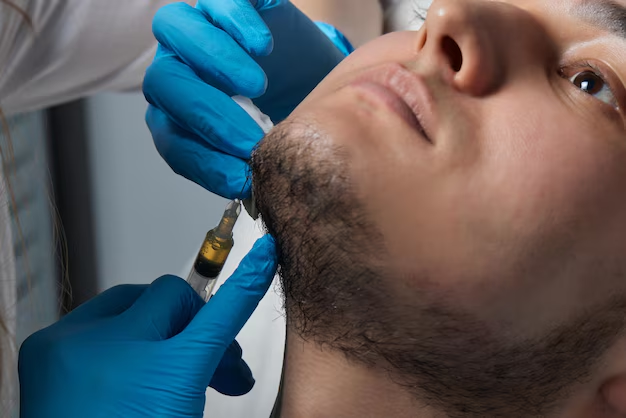What Is Hair Transplant?
Hair transplants in Turkey involve transferring live hair follicles from the back of the head to areas lacking hair. This technique does not work with donor or fake follicles.
It aims to tackle hair loss issues like alopecia and baldness and can also help thicken hair on the chest, beard, eyelashes, and eyebrows.
Turkey Hair transplant relocates hair follicles from the back or sides of the head to areas with insufficient hair. People typically perform this procedure when they need more hair in certain areas of the body.
Many people mistakenly assume that restoring their hair can cost thousands of dollars. Türkiye has a cheap and successful solution for hair restoration, which is better than other expensive procedures.


What Are The Hair Transplant Techniques Used In Turkey?
Turkish hair transplants use various techniques, such as FUE, DHI, Sapphire FUE, and FUT.
1. FUE Hair Transplant In Turkey
The FUE technique is an outpatient procedure, meaning it barely interrupts daily activities. It is best to avoid intense exercise and keep the treated area dry for a short period of time.
Remember, patience is essential. The transplanted hair will begin growing back naturally within 3 to 4 months.
Here’s how the procedure works:
- The doctor shaves the area to extract and prepare the follicles.
- They use a needle or tools to make tiny incisions in the target area.
- We insert the extracted follicles into these incisions.
- Bandage the area for recovery.
2. Sapphire Hair Transplant
The Sapphire method shines in the realm of hair restoration. Surgeons use Sapphire blades with smooth edges, reducing incision vibrations and enhancing post-surgery comfort.
Sapphires are more durable than steel, making the method accessible. Their V-shaped design allows precise incisions, minimizing follicle damage and scarring. This method is ideal for those with hair loss.
3. Extremely DHI Technique
The Extremely DHI Direct Hair Implantation Technique goes through the same stages as the DHI Technique. However, it enables the doctor to transplant up to 5,000 follicles for 12–15 hours over a session. Hair loss affects both men and women, but modern technology offers solutions. DHI is among the best Turkish hair transplants. A modified version of the FUE technique offers a quicker recovery.
Details of the DHI Procedure
- The Choi pen, an implant device, extracts hair follicles using the DHI method.
- They directly implant them into the recipient site.
- This method stops cuts, lessens bleeding, and quickens healing in both the donor and recipient areas.
However, DHI isn’t suitable for everyone. Suppose you’re under 25 or have thicker hair with a density of more than 40 follicles per square centimeter. In that case, you may need a different approach.


Beard And Mustache Transplantation
Hair transplants transfer hair from one area to the beard, but the key difference lies in the placement of the hair.
| The Used Method | Surgical scar | Recovery | Bleeding | haired region Implantation |
|---|---|---|---|---|
| FUE | NO | Avg.7 days | Medium | Not applicable |
| DHI | NO | Avg.2 days | Very Low | applicable |
| Sapphire | NO | Avg.2 days | Very Low | applicable |
Who Are The Right Candidates For Hair Transplant?
To qualify as a good candidate for surgery, you must meet certain criteria:
- Individuals experiencing hair loss.
- Sufficient donor hair on the scalp.
- Stable hair loss patterns.
- Good overall health.
- The age is 20 or older.
- Doctors do not recommend hair transplant operations for those with certain medical conditions.
What Is The Hair Transplant Recovery Timeline?
Healing after a hair transplant takes time and happens in stages:
- Stage One (1-7 Days): Expect swelling at the transplant site in the first week. Swelling and small blood clots at incisions are normal, clearing up in about seven days.
- Stage Two (10-14 Days): Between days 10 and 14, the transplanted hair may start shedding. This shedding is normal and signals new hair growth ahead.
- Stage Three (1-4 Months): New hair begins to grow from one to four months after surgery. Growth rates vary, and hair might grow in patches initially, but it will fill in over time.
- Stage Four (5-7 Months): By months 5 to 7, you’ll notice significant hair growth, up to 2-3 inches, and a thicker hair shaft.
- Stage Five (8-12 Months): From 8 to 12 months, your hair will get longer and thicker, looking like your permanent hair. Continue good hair care to style and maintain your new hair as you like.






